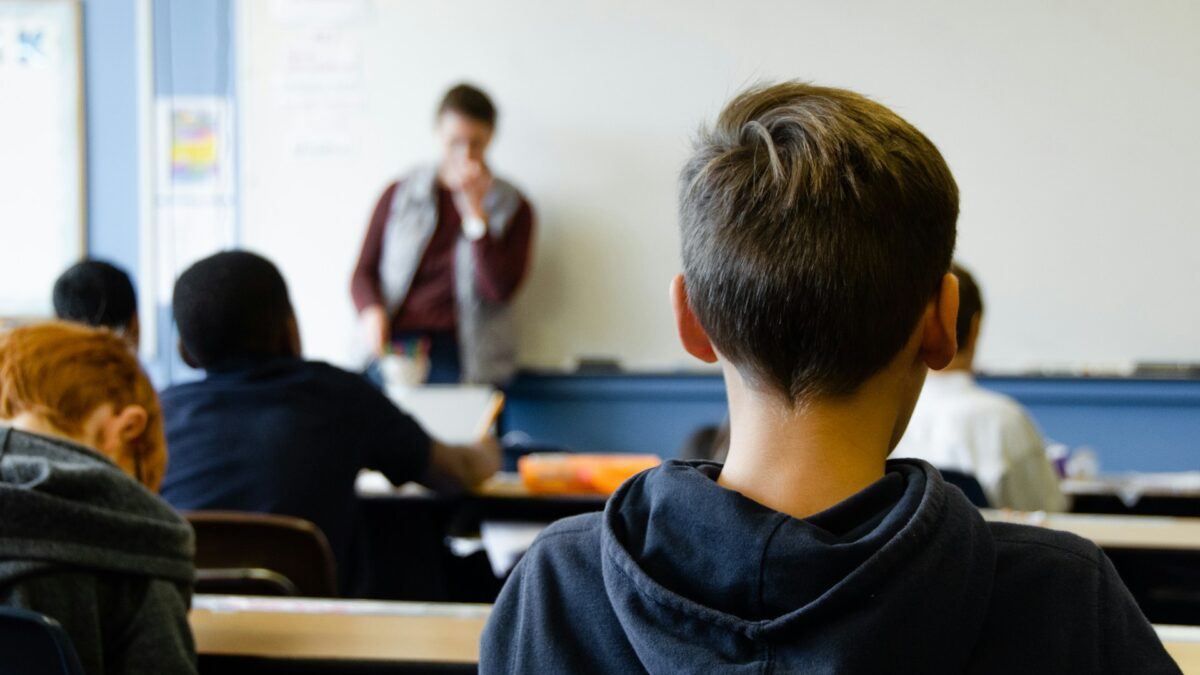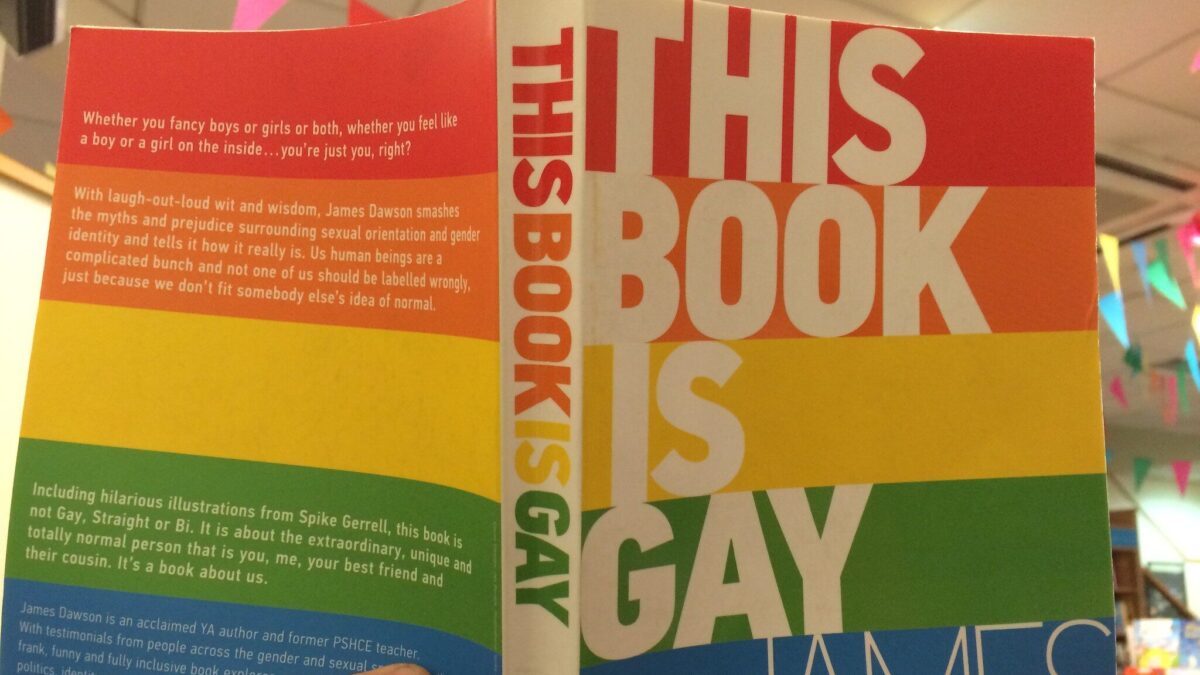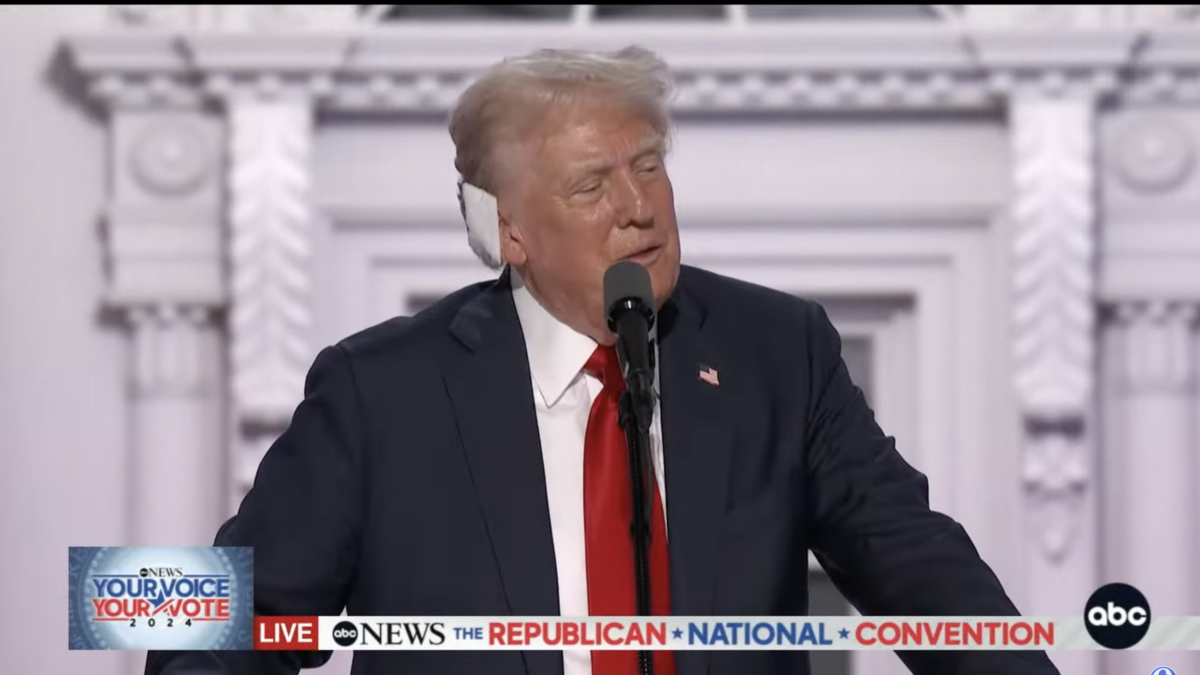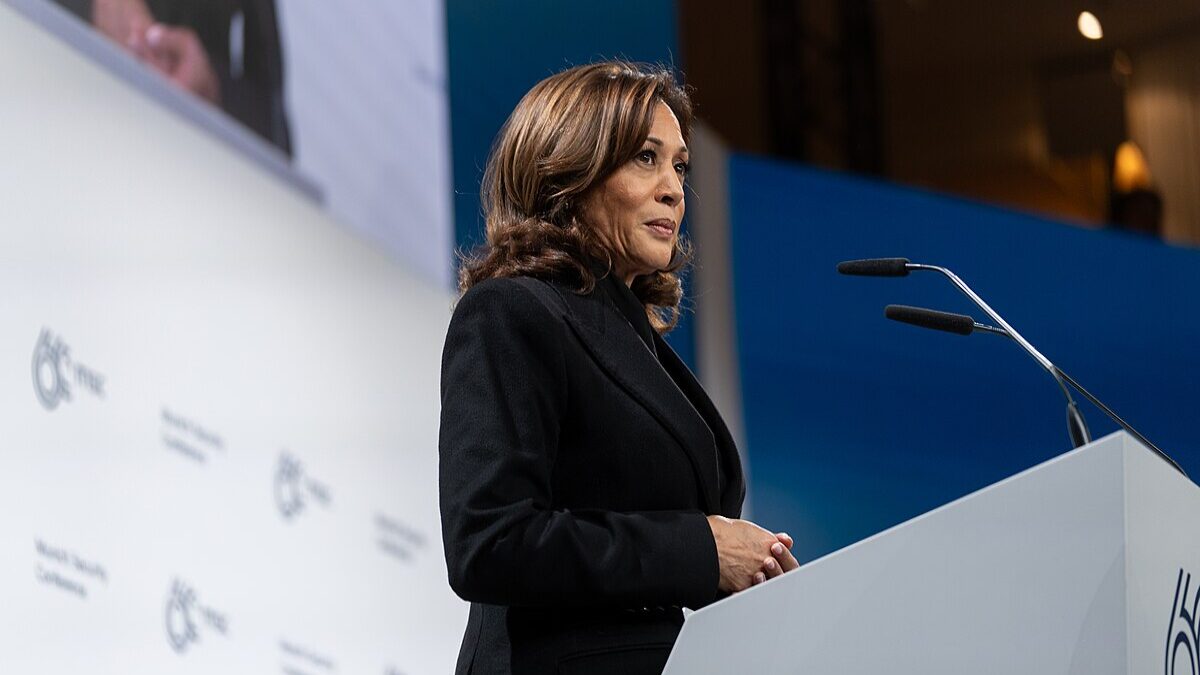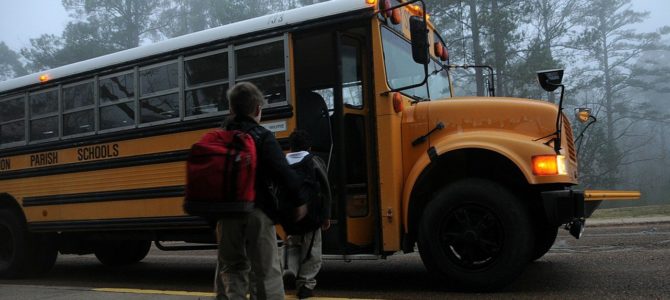
Most parents probably wouldn’t be devastated to hear their children ranked middle in their class. Not Tiffany, a mom of a high school senior at Augusta Fells Savage Institute of Visual Arts in Baltimore. Her son’s GPA was 0.13, and that was not a typo.
The Fox News affiliate in Baltimore reported that her son passed only three classes in four years and “was late or absent to school 359 days.” Yet the school kept promoting him to the next grade.
Tiffany’s son ranked 62 out of 120 in his class, meaning 58 of his classmates had a GPA of 0.13 or less. In 2019, two out of 434 students at his school tested proficient in math and so did two in English.
The rest of Baltimore City Public High Schools (BCPS) fared not much better — about 41 percent of high school students earned a GPA below 1.0 during the 2020-2021 school year. Only 21 percent of high school students earned a GPA of 3.0, equivalent to a B average.
The Problem Isn’t Funding
There is no doubt prolonged school closures during COVID-19 have severely crippled students’ learning. Still, even before the lockdowns, about one-quarter of high school students in Baltimore had a 1.0 GPA or lower. BCPS serves nearly 78,000 students, about 76 percent of whom are black and 14 percent of whom are Latino. The teacher-to-student ratio is 1:15.
Baltimore’s Democrat Mayor Brandon Scott blamed the school system’s catastrophic performance on a lack of funding. But Augusta Fells, the school that failed Tiffany’s son, receives more than $5.3 million a year, or more than $12,000 per student.
As for BCPS, Adam Andrzejewski of Openthebooks.com found the district has a budget of $1.4 billion. That’s about $18,000 per student, more than 40 percent higher than the national average of $12,612. Further, Andrzejewski noted BCPS’s billion-dollar budget was in place before Congress sweetened the district’s coffers with an additional $85 million in 2020 as part of its COVID bailouts.
So, where did the money go? Andrzejewski’s research shows BCPS spent close to $650 million on the payroll that year. For example, it paid $698,639 to 24 “hall monitors” even when the schools were closed most of the school year and the hallways were empty. Together, 20 top BCPS administrators earned $5.5 million last year, including CEO Sonja Santelises ($339,028) and her chief of staff, Alison Perkins-Cohen ($198,168).
Believe it or not, BCPS has an office of “Achievement and Accountability” with six employees, although it doesn’t look like any of them have been held accountable for BCPS’s disastrous lack of achievement. Last year, all six made six-figure salaries, including “Chief Achievement & Accountability Officer” Theresa Jones, who made $192,827.
BCPS also has a dedicated “Office of Equity” with a stated goal of changing “outcomes for young people so that race is no longer a predictor of academic success.” Its director Tracey Durant earned $143,800 last year. The office’s resource page provides an extensive list of recommended readings, including self-care advice and articles such as “To white organizational leaders: Silence is violence. Here’s what you should do now,” and “12 ways to be a white ally to black people.”
The Problem Isn’t Racism
BCPS administrators and educators have abundant resources to help their students succeed academically. So why did almost half of its predominantly minority students earn only 1.0 GPAs or less? Teachers’ unions and critical race theory advocates like to blame systemic racism. They claim anything that results in unequal outcomes among different racial groups as racist. They’ve already deemed math, science, proper English grammar, and standardized testing “culturally biased” and racist.
There is a national push to “decolonize” curriculums, eliminating standardized tests, gifted programs, and challenging entrance exams to elite high schools, all in the name of “racial equity.” It’s only a matter of time before the same activists decide GPAs are racist and call for their elimination.
What’s really racist, however, is the insistence that black and Hispanic children cannot comprehend Shakespeare, do not need to know 2+2=4, or that test score gaps between these children and their white peers cannot ever be closed. Black and Hispanic children from poor and disadvantaged backgrounds have proved they can excel academically. Just look at New York City, where charter schools students (who are predominately black and Hispanic kids) consistently outperform their peers at union-controlled public schools.
For example, in 2019, “63 percent of the charter students in grades 3 through 8 passed the state math exam…compared to 46 percent in traditional public schools. And 57 percent of charter students were proficient in English Language Arts, compared to 47 percent in regular public schools.”
The proficiency rates in math and English at Success Academy, one of the public charter school networks in the city, surpassed 90 percent. These impressive results invalidate the claims of teachers’ unions and CRT activists that curriculums and tests are “racist.”
The Real Problem? Teachers’ Unions
The real systemic problem of poor-performing public schools like BCPS is neither funding nor racism, but teachers’ unions. The K-12 public education bureaucracy has been set up to benefit these unions, not children. With backing from Democrat allies, teachers’ unions have become an impediment to any meaningful education reform.
They have opposed anything that may challenge their status quo, from performance-based pay to accountability or competition. They have kept failing schools such as Augusta Fells open at the expanse of children and communities because these schools provide union employees with well-paying jobs. They have spread misinformation about charter schools and done everything in their power to prevent parents from choosing which schools are best for their kids.
During the pandemic, they fought to keep schools closed even though the risks of COVID-19 for children are minimal, while prolonged school closures greatly harmed children’s mental health and education. Those from disadvantaged backgrounds suffered the worst.
Teachers’ unions perpetuate the sad outcomes of public K-12 education in this nation and have condemned some of the most vulnerable American children to lifelong poverty. Now they want to get rid of standardized tests, so the public doesn’t know how badly so many adults who run schools are failing their students.
But parents do know. The pandemic has become a turning point for them. Because of remote learning, parents had a chance to witness both the content and the quality of their children’s education. Parents have begun to demand accountability.
Tiffany, the mother who found out her son earned a 0.13 GPA, has no illusion of what such a devastating education outcome will do to her boy’s future. “What does that do to his confidence?” she asked. “And as he grows, years to come. What is his dreams?”
“I refuse to let him be a statistic, and really just be nothing,” she added. “That’s not going to happen on my watch.”
We as a nation cannot look into Tiffany’s eyes and continue pretending the public schools failed her son because of racism and lack of funding. Teachers’ unions are preventing parents like Tiffany from having the same education choices as well-to-do parents, which is the true systemic problem in our public education system.
We can only fix this by showing up at elections, rejecting teachers’ unions and their Democrat allies, and supporting candidates for school choice.



